Do We Have The Right To Die?

Assisted dying is constantly circulating in the news, most recently effecting the Royal College of Physicians after a bitter split over allowing doctors to help terminally ill patients to end their lives. Most medical organisations have opposed changing the law. A free vote in the Commons in 2015 rejected proposals that would have allowed patients with less than six months to live to have the right to take prescribed drugs to end their life, with the approval of two doctors and a judge. In January 2019, the Royal College of Physicians announced that it would poll its 35,000 members on whether or not there should be a change in the law on assisted suicide. The college opposes allowing doctors to help patients to end their lives. Unless there is a 60 per cent majority for assisted dying, the poll will take a neutral position. Opponents of the new poll argue that this will cause “tactic support for assisted suicide” and a former official has threatened legal action over a new vote on the issue that he has called a “sham poll”.
Euthanasia is the practice of painlessly killing a patient to relieve suffering for the patient’s benefit, if the patient wishes. This act contradicts one of the oldest and most cherished moral injunctions: ‘Thou shalt not kill’. Euthanasia is one form of what is generally termed assisted dying. Other forms include assisted suicide and the withholding or withdrawing of life extending medical treatment. Four times in the past hundred years the UK Parliament has given careful consideration to legalising assisted suicide or mercy killings. However, on each of these occasions the possibility of legalisation has been rejected.
In order to gain more of an understanding when it comes to some of the issues that people are faced with when dealing with euthanasia, I have spoken to people with first-hand experiences involving assisted suicide. I am hoping that by doing this, I am able to see both arguments for and against euthanasia and recognise the extreme difficulties people are faced with when an assisted suicide could be considered an option.
In the UK and Wales euthanasia is a criminal offence protected under the Suicide Act 1961, a crime punishable by up to 14 years’ imprisonment. The laws on euthanasia do however vary across countries. In the Netherlands and Belgium euthanasia may be carried out under certain conditions within the law. In Switzerland and a small number of States in the US, physician-assisted suicide, when a physician intentionally helps a patient to kill him/herself, is legal, again if certain conditions are met. As euthanasia is not legal in a great deal of countries many people have decided to promote the act of voluntary euthanasia, this is when the patient asks for medical treatment to be stopped. Assisted dying is an umbrella term for a number of different practices that end in a patient’s premature death.
These include; euthanasia or mercy killing when a doctor performs an action intentionally killing the patient for their benefit. Assisted dying has been the focus of great controversy over the years and as it is such a complex and difficult subject, it is extremely hard to find a way to legalize euthanasia, as each case is specific to each individual patient. There is no easy way to decide whether it is in a patient’s best interest to die but there are some tools of ethical reasoning that try to illustrate the most powerful arguments for and against a euthanasia case.
Euthanasia is the practice of painlessly killing a patient to relieve suffering for the patient’s benefit, if the patient wishes. This act contradicts one of the oldest and most cherished moral injunctions: ‘Thou shalt not kill’. Euthanasia is one form of what is generally termed assisted dying. Other forms include assisted suicide and the withholding or withdrawing of life extending medical treatment. Four times in the past hundred years the UK Parliament has given careful consideration to legalising assisted suicide or mercy killings. However, on each of these occasions the possibility of legalisation has been rejected.
In order to gain more of an understanding when it comes to some of the issues that people are faced with when dealing with euthanasia, I have spoken to people with first-hand experiences involving assisted suicide. I am hoping that by doing this, I am able to see both arguments for and against euthanasia and recognise the extreme difficulties people are faced with when an assisted suicide could be considered an option.
In the UK and Wales euthanasia is a criminal offence protected under the Suicide Act 1961, a crime punishable by up to 14 years’ imprisonment. The laws on euthanasia do however vary across countries. In the Netherlands and Belgium euthanasia may be carried out under certain conditions within the law. In Switzerland and a small number of States in the US, physician-assisted suicide, when a physician intentionally helps a patient to kill him/herself, is legal, again if certain conditions are met. As euthanasia is not legal in a great deal of countries many people have decided to promote the act of voluntary euthanasia, this is when the patient asks for medical treatment to be stopped. Assisted dying is an umbrella term for a number of different practices that end in a patient’s premature death.
These include; euthanasia or mercy killing when a doctor performs an action intentionally killing the patient for their benefit. Assisted dying has been the focus of great controversy over the years and as it is such a complex and difficult subject, it is extremely hard to find a way to legalize euthanasia, as each case is specific to each individual patient. There is no easy way to decide whether it is in a patient’s best interest to die but there are some tools of ethical reasoning that try to illustrate the most powerful arguments for and against a euthanasia case.

Know the terms
- Voluntary euthanasia: when the patient requests to stop any life prolonging treatment. Non-voluntary euthanasia: when the patient is not competent to express a preference regarding the action resulting in the patient’s death e.g. if the patient is in a coma.
- Involuntary euthanasia: when a doctor performs euthanasia despite the wishes of the patient.
- Withholding treatment or passive euthanasia: when the patient refuses to have any life prolonging treatment.
- Withdrawing treatment: when a doctor believes it is in the patient’s best interest to stop any life prolonging treatment or the patient refuses to continue with the treatment.
- Suicide: the patient intentionally kills themselves.
- Assisted suicide: when someone intentionally helps a patient to kill themselves.
- Physician-assisted suicide: a physician intentionally helps a patient to kill themselves.
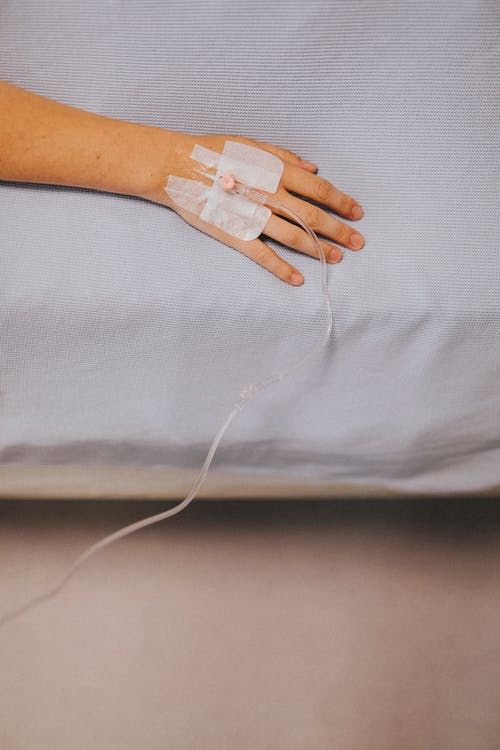
‘I 100% supported his decision so did Max and Josh. I think this was because of what we all witnessed. What you have to watch every day is someone who you love, and their life being destroyed in front of you and you see that is it unacceptable for someone to have to put up with it unless they want to.’
Steve Hornby was diagnosed with Motor Neurone disease in November 2013 and passed away on 28th January 2018. In theory Steve passed away by passive euthanasia once he was diagnosed with pneumonia. Although Amanda and Steve’s case shares plenty of similarities with other cases where an assisted suicide was an option to consider, it has been said that Steve’s determination and certainty of his decision to have an assisted death was rare, although in the end it wasn’t possible. “What we realised was looking back Steve waited too long, to the point where it would have been too hard for him to go and have an assisted death. Even down to little things like going to the bathroom. With his health I don’t know how we would have coped if we were able to get him over there and stay the week. I know we would have because it would have had the end result that he wanted, and it was in the last year that it was really clear that that is what he wanted to do and obviously by that point it was almost impossible.”
“The cruel thing about this disease is that it doesn’t affect your mind, so Steve was able to work until the end. He was able to understand everything that was going on around him but wasn’t able to take part and I think that’s the cruelest part of everything. This is why it was made so clear to everyone who was a part of his life that he wanted to die, it wasn’t something that he was just saying because he was in a bad mood that day, he fully understood the decision he was making.”
“There were a lot of reasons that we didn’t go and sort everything out and then go through with an assisted death when he was able to. So in the early stages of the illness, his main concerns were that me and the boys would be okay, for example, that’s why he worked until pretty much the end of his life because to him being able to work for an extra two years would mean that we would be financially better off than if he didn’t work for those two years and of course to us that was irrelevant but it’s just the kind of person he was.”
“Steve found the lack of dignity the hardest thing, that’s the thing that hurt him most, he hated more than anything people having to do stuff for him, he would exhaust himself trying to do it himself first before finally asking for help. This is also one of the reasons no one really knew he was even ill because he didn’t want people to pity him and he absolutely wouldn’t let anyone see him because to him it as just so undignified. Watching this happen was like some form of torture for us having to watch someone you love struggling with every minute of the day is really hard.”
“When I think about it, I guess he did have an assisted suicide because it wasn’t actually MND that killed him it was pneumonia which he could have gotten better from. On the day he died the doctor told me it is still my decision on what to do, so if I said, no make him better, then they would have but that would have been selfish on my part because I wasn’t ready to let go. I know Steve would have been really mad if we kept him alive because he wanted to die, he wanted it to end. It would have been prolonging a life he didn’t want so I don’t feel responsible or guilty for allowing him to die because I know without a doubt that it was what he wanted, even though he wasn’t able to tell me at that moment.”
“I think if I was able to go back and change how we did things I would, I’m sure Lindsey will tell you that his pride got in the way of a lot, he’d rather be in pain then tell me. It was just so hard to watch and it was 6 years, so a long time. I think if we did go through with an assisted suicide when we were able to, it probably would have been easier, as it would have shortened it and would have eliminated the worst of the disease and knowing what I know now it would have been easier for Steve because one of the worst parts was the unknown, and knowing there is no cure for MND therefore it kills any hope he had, but then again I don’t know how hard it would be for me to watch someone pressing a button and ending his life prematurely either.”
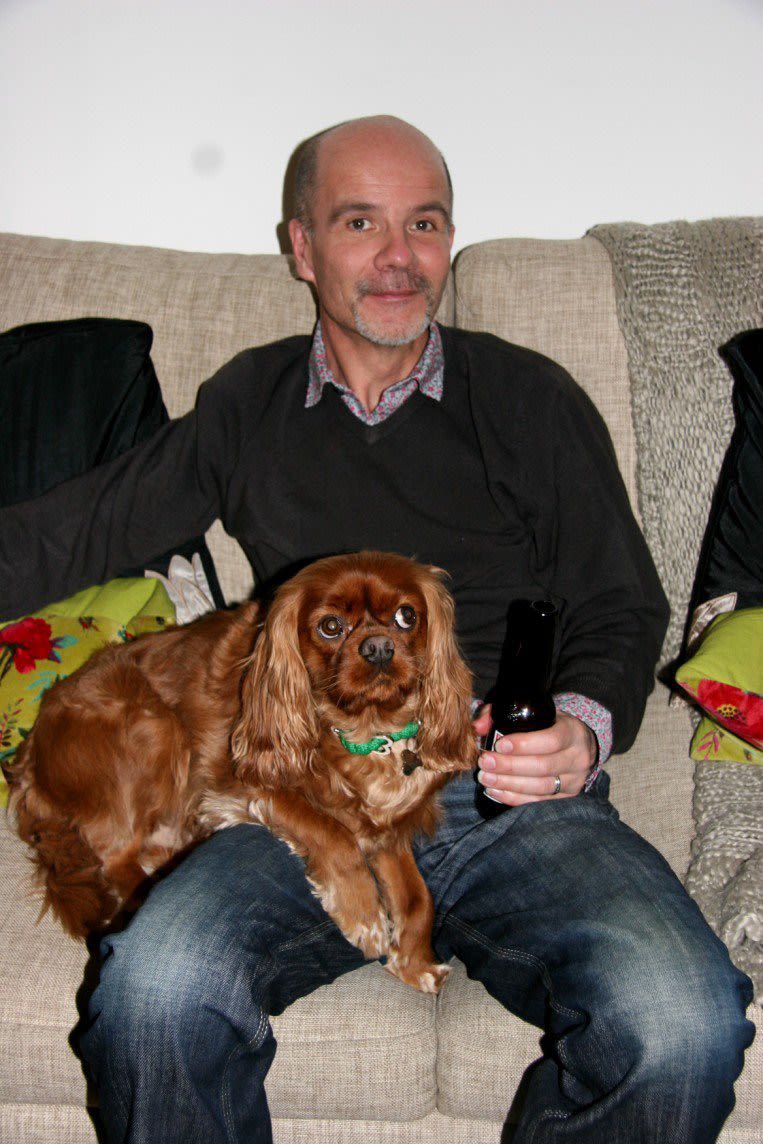
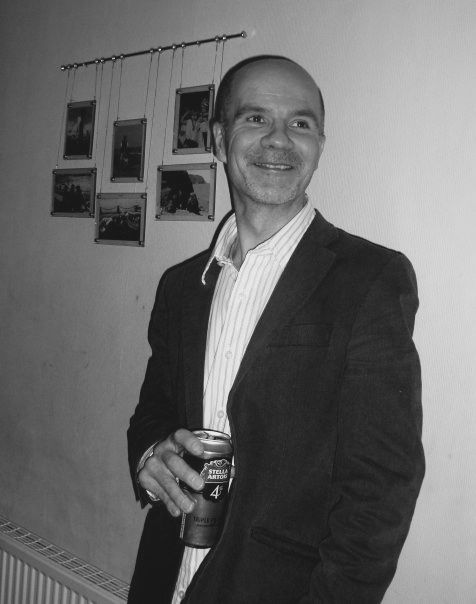
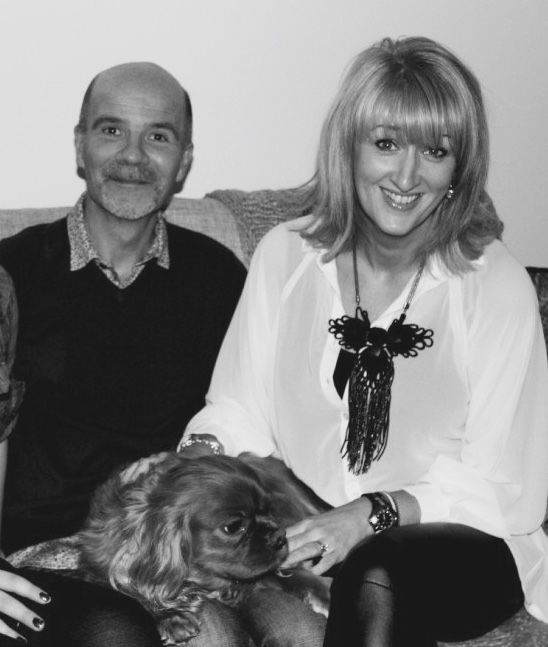
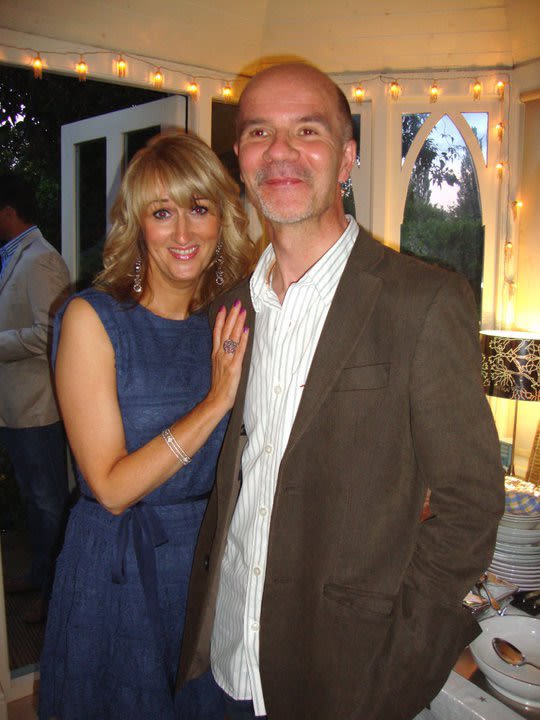
“I think people should have the individual right to end their life if they are terminally ill.”
Lindsey Lonsborough is yet another example of how each case is different when it comes to euthanasia. Lindsey met he husband when he had already been diagnosed with Motor Neurone Disease, although his symptoms didn’t show until the final 3 years of his life. Since Tony passed away in 2016 Lindsey has become a trained career for terminally ill patients, especially patients with Motor Neurone Disease and was the full time carer for Steve for his final 3 years. During the 7 years that Tony had MND, like many others, he did all he could to prolong his life, this is the main distinction between the him and Steve. “the difference between mine and Manda’s experience is that Tony didn’t want to die, he wanted to live comfortably for as long as he could. The first time I met Steve he made it clear that he wanted to die from the beginning. He made it clear to both us as carers and to his family in case the option for a passive euthanasia arose and he was unable to communicate to us what he wished.”
“Steve used to ask me how do you know when you’ve had enough, I would just say I don’t know I guess you must just know, my husband told me that by the end he just knew it was time to let go and I really don’t know if that gave him any comfort but sometimes no matter how much training you’ve had you just don’t know what to say”
“Steve would have got what he wanted if he was able to end his life earlier and that would have made Amanda feel better, knowing he didn’t have to suffer, I don’t know if that would have made it easier for the family but it could have helped. The unknown, for Amanda especially, of what was coming was just awful for her and I remember Amanda saying to me if she and Steve had known what was coming they wouldn’t have spent all that time worrying.
It’s a difficult subject because if you had asked my husband if he should have the right to die he would have probably said no, because he was happy to carry on till the end and live as long as he could, but then you talk to Steve and he wished he did have this right, then if you talk to one of my other patients, Colin who I look after at the minute, he’s said he doesn’t like to think about it. The right to die, no matter what’s wrong with you, I think anyone should have that right and I think most people would agree with me, I don’t know why we are still fighting it if I’m honest.”
“I have to say that in all my years of caring for people with MND Steve was the minority, in how he handled MND. From the day I met Steve he didn’t want to be here, he had closeted himself to the house, his world was at home, he didn’t want to be out and about and didn’t want anyone to know. The majority of people I’ve looked after have handled it differently, more in the way as, I’ve been given this life sentence I need to go out and live now. I think for Steve it was all the unknown. If he had let us in at the beginning, he may have had a different experience. Just down to the little things like changing his socks, he wouldn’t let people help him because he didn’t want to be burden to Amanda or the boys so he would fight to just be as he was. This went on for a couple of years before he started allowing Manda and the boys in. It wasn’t until we all got talking we realized he didn’t want to worry anyone about any problems he was having. This is an example of needing criteria to meet for ending your life prematurely, because people like Steve, who may feel like a burden might think assisted death is an easier way out rather than bothering their family.”
“I do also think that the end of life care plays a huge part in someone’s decision when it comes to assisted dying, because for me and my husband we spent our last days in the hospice and it was lovely. We were able to stay together day and night and everyone could not be more accommodating and I think it’d be similar if they were spent at home, however if the patient had to be in hospital, I think it would be extremely hard”
“As a carer it is very difficult to make a decision on whether someone is in the right mind to be allowed to end their life as we only see the patients 2-3 times a week usually. We also tend to have the patient off-loading everything onto us because they don’t want to on the person they love, so it’s very hard to tell what kind of life they have when we aren’t there. So by the end of 4 hours of us being there I could leave and say they’ve had enough because it’s been a bad day. As a carer you think you know everything but you only get a snap shot into their life and people put a show when we come over too, it’s very different when you’ve lived it, like I have, I’ve seen both sides because my husband had MND for 9 years and there is no way as a carer you can know what’s going on in the life of the patient because we all have good and bad days. And I think it’s a huge responsibility to ask of anyone to essentially sign someone’s life away.”

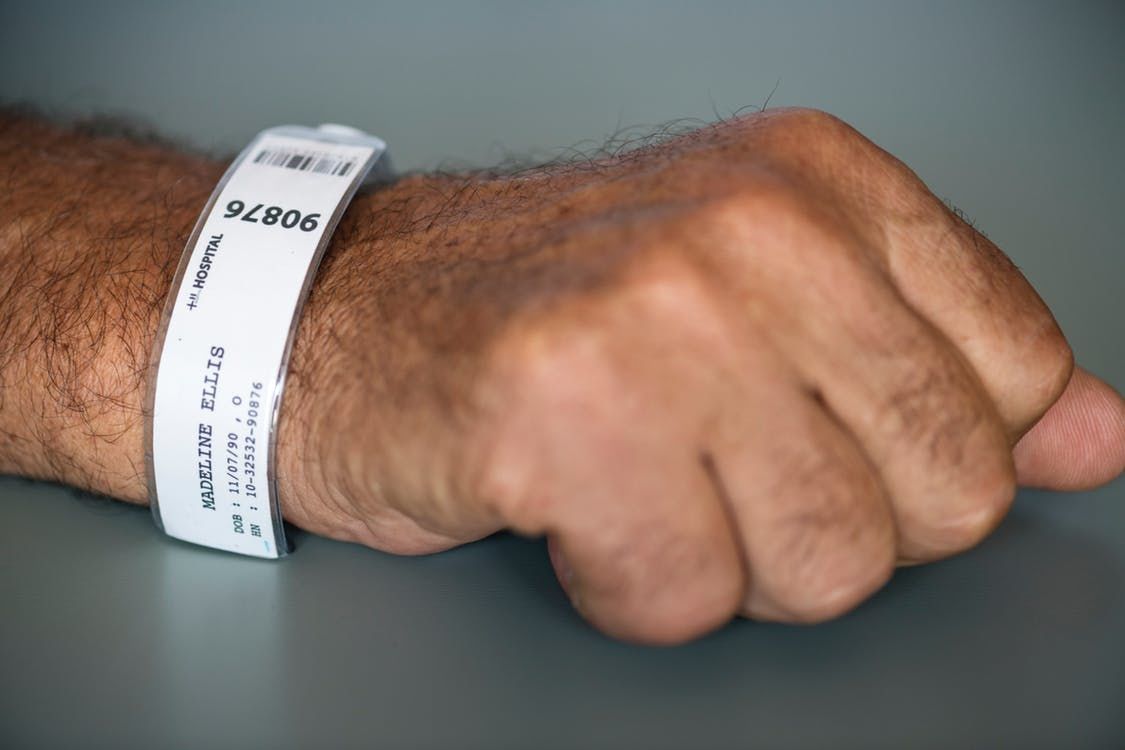
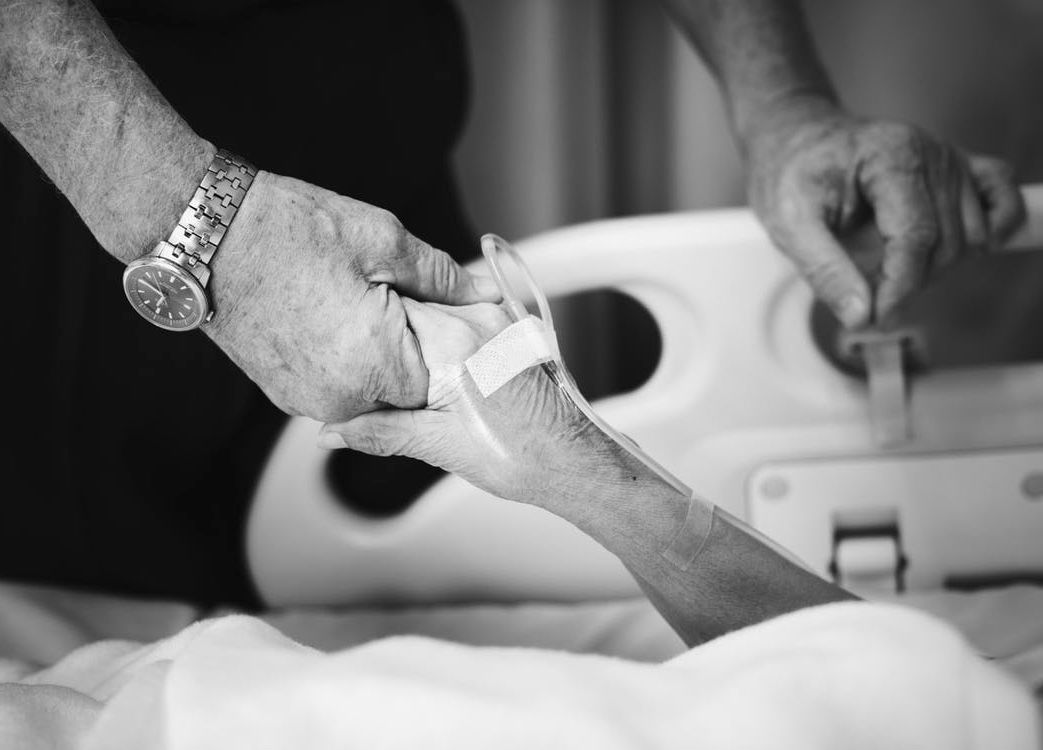
'I believe in the right to choose, the right to die. Steve was never able to have that choice. I wish he had had his wish.’
Alex and Richard Cameron were close friends of Steve and Amanda and were part of the few that knew Steve had MND.
‘Forming a friendship over the years is a deeply fulfilling and personally joyous to us. Richard and I had that bond and friendship with Steve and Amanda. The years of knowing about his illness and progressively getting to a point where he wanted to end his life was for us both raw, staggeringly emotional and sometimes honestly too much to bear. That considered, knowing what they as couple were going through utterly devastating seeing it happen in front of you. We discussed options of trying to start the process of hoping to get Steve to Dignitas. Conversations were had and they investigated all the necessary ways you have to do this. It seemed impossible. We thought we could drive Steve there in our van. Sort out the appropriate and necessary safety precautions for doing this. The time it would take. His emotional and physical needs. It was beyond overwhelming. I had watched a TV documentary about a man who had MND and successfully went to Dignitas and ended his life very early on in the disease. At the time I remember thinking that he had done this so early. I now, without doubt understand why he did that. To be able to take control of your own life. Your choice. Your decision; is one of the most powerful things a human being can do for themselves and should be allowed too in this country. I believe in the right to choose, the right to die. Steve never got there. I wish he had had his wish.’

As euthanasia is not legal in the UK, it is difficult to find a set of guide lines to follow when it is time to decide whether even the notion of an assisted suicide is morally and ethically something to consider. By speaking to professionals who have had to deal with such cases, and researching the common practice in other country's, where euthanasia is legal, there seems to be 5 main tools that seem to demonstrate the most compelling arguments for and against an euthanasia case.
The first of these four is logic. When arguing for or against a case it is important that you are aware of false logic, e.g. 2= a number and 3= a number, but 2 does not equal 3. The use of false logic can be seen in the common but invalid argument against assisted dying, known as ‘playing the Nazi card’. This is when the opponent says to the supporter ‘your views are just like those of the Nazis, therefore all your views are immoral’. This is logically invalid and a classic false argument known as argumentum ad hominin or bad company fallacy.
This fallacy states that a particular view is true or false, not because of the reasons for or against, but by virtue of fact by that a particular person or group holds that view. This argument is therefore invalid because although both sides acknowledge that the Nazi killings took place under a form of assisted dying this is not the main point at issue. The issue is whether assisted dying in certain circumstances is right or wrong. Only then can the arguments for and against the legalization of euthanasia be evaluated properly.


The second of these tools is defining the terms. There are many distinctions between each form of assisted dying that are ethically significant. By knowing the different forms and definitions of assisted dying it quickly becomes clear why ‘playing the Nazi card’ is full of invalid arguments. The Nazis practiced involuntary killing, not euthanasia. Therefore, by knowing all the terms involved it makes it easier to clarify the facts of the matter as they arise; what action is being proposed, why it is being proposed and what the effect will be.
Although knowing the terms helps to ensure that your argument is correct you also need to decode the different concepts and many situations require more than a definition. The big question is: Can it be in the best interests of a patient to die? Many believe that in most cases it can be e.g. if a patient has a fatal illness and then gets a chest infection in addition to the underlying illness, antibiotics could treat the acute illness however it would only extend the patient’s life by a couple of weeks.
Not everyone agrees however that it would be in the best interests of the patient to die. Some argue that we can never know what a patient’s quality of life is like, this is more of an issue if the patient is unable to communicate. This also raises the question of ‘what if’. It can be argued further that we can never know how the patient will respond to the treatment and whether it will prolong their life or not.
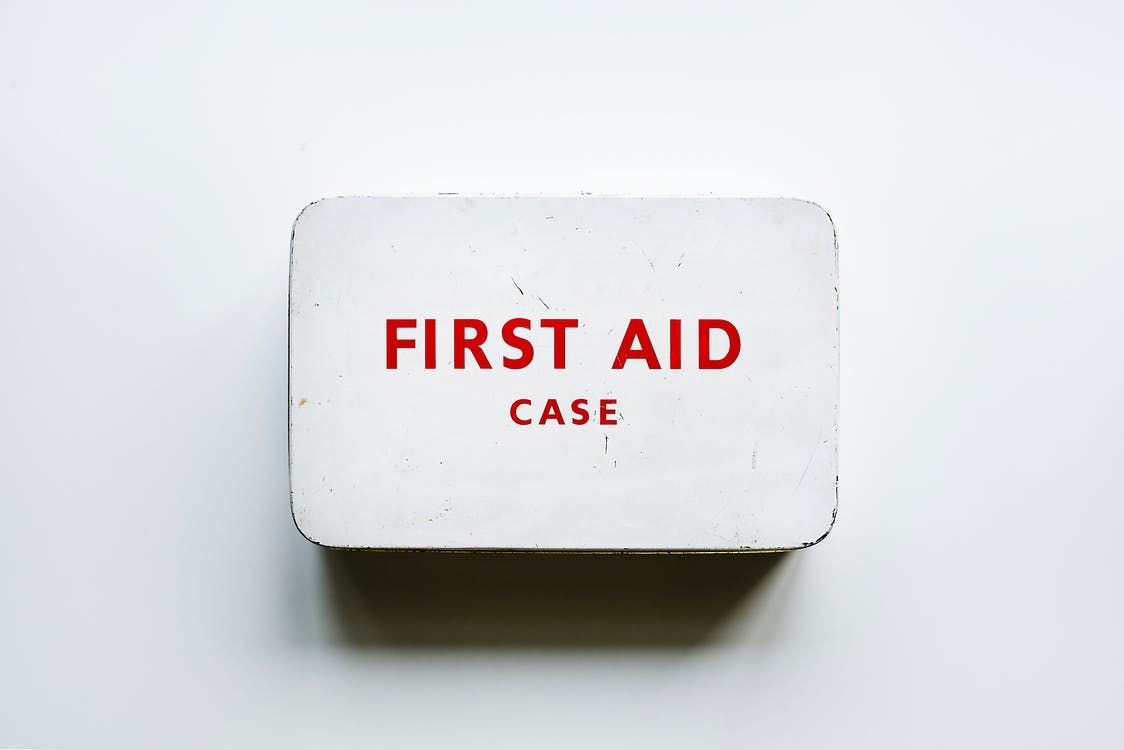

In addition to this there is an uncertainty about the patient’s experience of being dead. For instance, if the patient believes in some kind of afterlife then there would need to be comparison between the life of the patient alive and the presumed experience after death, deciding which would be better for the patient. On the other hand, if the patient doesn’t believe in an afterlife it could be argued that it is not in their best interest to die.
The final tool for ethical reasoning is to compare cases that are similar in many ways. For example, if you are unsure what is the right thing to do then compare it to a similar situation, then you can ask: are there any morally relevant differences between the cases? And, do these justify treating the cases differently. The logic to these points is consistency. It is inconsistent to treat two cases different unless there are moral differences between the two. This is one of the main issues when deciding whether to legalize the right to die or not. As not one case is the same and all need to be treated with each individual patient’s best interests in mind, this makes it extremely difficult to have set rules and safeguards.

'As a doctor I feel I would struggle quite a lot with the actual practice of assisted suicide, but in that position as a patient, I feel I would at least like to have the option available.’
One major problem that doctors face if euthanasia was to be legalised is how it would change the relationship between the doctor and patient. The British Medical Journal has said that they believe it would lower the trust between patient and doctor, this is because all doctors take an oath to do no harm and help in any way possible.
On the other side to this the charity foundation Dignity in Dying. It believes that it would increase the trust between patient and doctor or make no difference at all. A 2015 survey found that only 12% of participants thought legalizing euthanasia would have a negative impact on the relationship. Doctor Samuel King, from Leeds Teaching Hospitals NHS Trust, said ‘I think that the “right to die” debate is a difficult topic. The principles of medical ethics are that we commit to four principles: Patient autonomy, beneficence (doing good), non-maleficence (doing no harm), and justice (the right of all patients to be treated equally). All ethical decisions are made while ensuring the least compromise to these principles. The ethical argument is whether by refusing patients “the right to die” (in this context I have assumed that you mean physician-assisted suicide) we are doing the best by these principles we are not allowing patient autonomy and we are not upholding the “justice” part, as patients without the ability to end their own lives are deprived of this. The counter argument is that we are being non-maleficent – i.e. we are not harming the patient as we are not helping them to die. The question is which option does the most good?
When I asked him, about how he feels it would change the relationship between patient and doctor he said, ‘It would create a difficult angle. Currently we allow passive euthanasia (i.e. withdrawing treatment and allowing a patient to die). A patient’s relatives vividly remember their last few hours/days, and it is not uncommon to hear them talk about how the syringe driver (a device that is used for, amongst other things, administration of comfort medications at the end of life) “killed” their relative. If we get to the point where we are allowing active euthanasia - physicians actively helping people to die - this can only become more difficult.’
There have been multiple euthanasia cases where it was thought that all safeguards needed to ensure a consensual safe death were anticipated, however there have been plenty of cases where this was not the case. Some things could be argued as impossible to safeguard. One of these for example is whether a patient is psychologically sound in mind to make the decision.
This expresses one of most difficult problems that doctors face when having to make these decisions. It also brings us more questions about ethics, not only involving the patient but also the doctor involved in action. Many people have argued that it is not morally right to ask a doctor to make a decision on the patient’s state of mind and then having to perform the action of actively killing someone. When deciding if someone is “in their right mind” we refer to this as deciding if a patient “has capacity” to make a decision. We do this all the time – for example if they have capacity to make the decision about whether they can discharge themselves from hospital against medical advice, to choose which kind of treatment they have, to consent to an operation. However, in more difficult situations we seek advice from legal professionals. This I believe is what happens in Dignitas - the most obvious example of physician-assisted suicide - in all cases.’
Other factors involve why the patient has chosen to make this decision. There have been cases when the patient has chosen to end their life prematurely because they no longer want to feel like a burden to their family or to society. Some doctors have stated that they do not feel comfortable to make such a decision on a patient’s behalf. There has also been plenty of debates regarding whether it is possible to have enough safeguards put in place in order to ensure the vulnerable are protected and the healthy are allowed this right if they choose whether they would like to die. ‘There are a number of legal safeguards against this, again used by Dignitas which would translate over here should this ever become part of UK practice. However, these concerns may well be the ones which prevent this from ever becoming a reality in the UK. There are also a number of safeguards used in other countries where assisted dying is legal, including supreme court legislation. A minimum would include medical assessment by two healthcare professionals with an appropriate diagnosis, a period of time for consideration, legal assessment of capacity to make this decision, and assessment to ensure no coercion is occurring.’
As it is a doctor’s duty to treat a patient in their best interest, it could be argued as to avoid physical pain and a manifestation of suffering to the patient there is a need for assisted dying to prevent the prolonging of someone’s suffering. In response to this Dr King said, ‘This is the crux of the debate. As I mentioned in one of the previous questions, the debate is whether the relief of pain and/or suffering given by assisted dying, and the respect it gives patient autonomy is worth the risk to the reputation of the medical practice, the need for strict safeguarding, and the harm caused by causing a patient to die.’

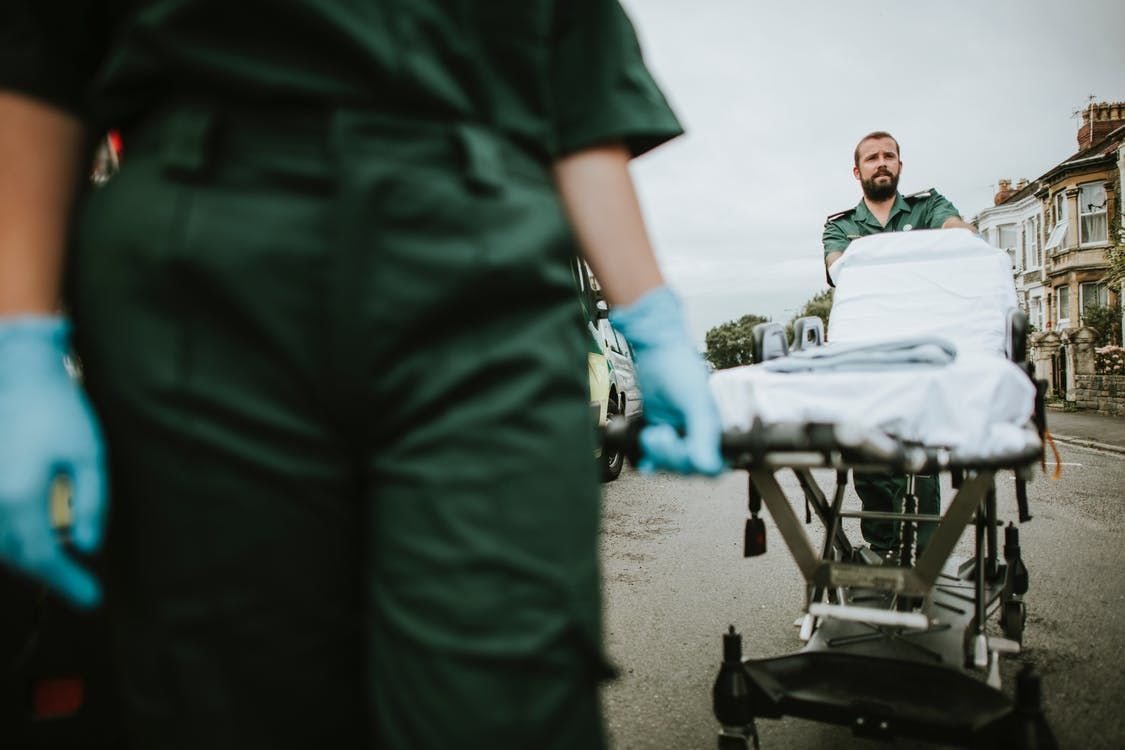

"I would feel like I would be playing God if I had that kind of power over someone's life"
It’s clear the euthanasia is not a simple discussion and although there are many arguments for the legalization and many consider it in the patient’s best interest to have an assisted suicide if they choose, it is not this easy to determine who would qualify for an assisted death. As each case is specific to the patient the criteria for safeguards may not fit every patient. One of the main arguments is the medical ethics argument, asking doctors to abandon their obligation to improve human life could fatally damage the doctor-patient relationship. Doctors could become hardened to death and the process of causing death becomes a routine administrative task. This could lead to a lack of compassion when dealing with elderly, disabled or terminally ill patients. Dr Peter Hulme, Leeds NHS trust, said, “if euthanasia were to be legalized then I think it’s a slippery slope, every case will be treated with extreme caution at first but people get relaxed very quickly and then things start slipping. People need to remember that we’re dealing with people’s lives not just a description on a hospital form.”
“I personally don’t think it’s fair to ask someone to decide if someone is ‘in the right mind’ to make this decision, I think people think because were doctors we’re able to make these kind of decisions but we still have a conscience and I wouldn’t want to make this decision and I shouldn’t be put in a situation where I have to.”

Sources
Amanda Hornby
Samuel King, LEEDS TEACHING HOSPITALS NHS TRUST
Lindsey Lonsborough, full time carer of Steve
Alex Cameron, close friend of Amanda and Steve
· A Right to Assist? Assisted Dying and the Interim Policy
Ben Livings*
· Neither euthanasia nor suicide, but rather assisted death, Robert D Goldney
· From Ars Moriendi to Assisted Suicide: Bonhoefferian Explorations into Cultures of Death and Dying, Bernd Wannenwetsch
· Angels of death: exploring the euthanasia underground / Roger S. Magnusson; with contributions from Peter H. Ballis
· Mason and McCall Smith's law and medical ethics / G.T. Laurie, S.H.E. Harmon Esq., G. Porter
· https://www.nhs.uk/conditions/euthanasia-and-assisted-suicide/
· https://www.dignityindying.org.uk

